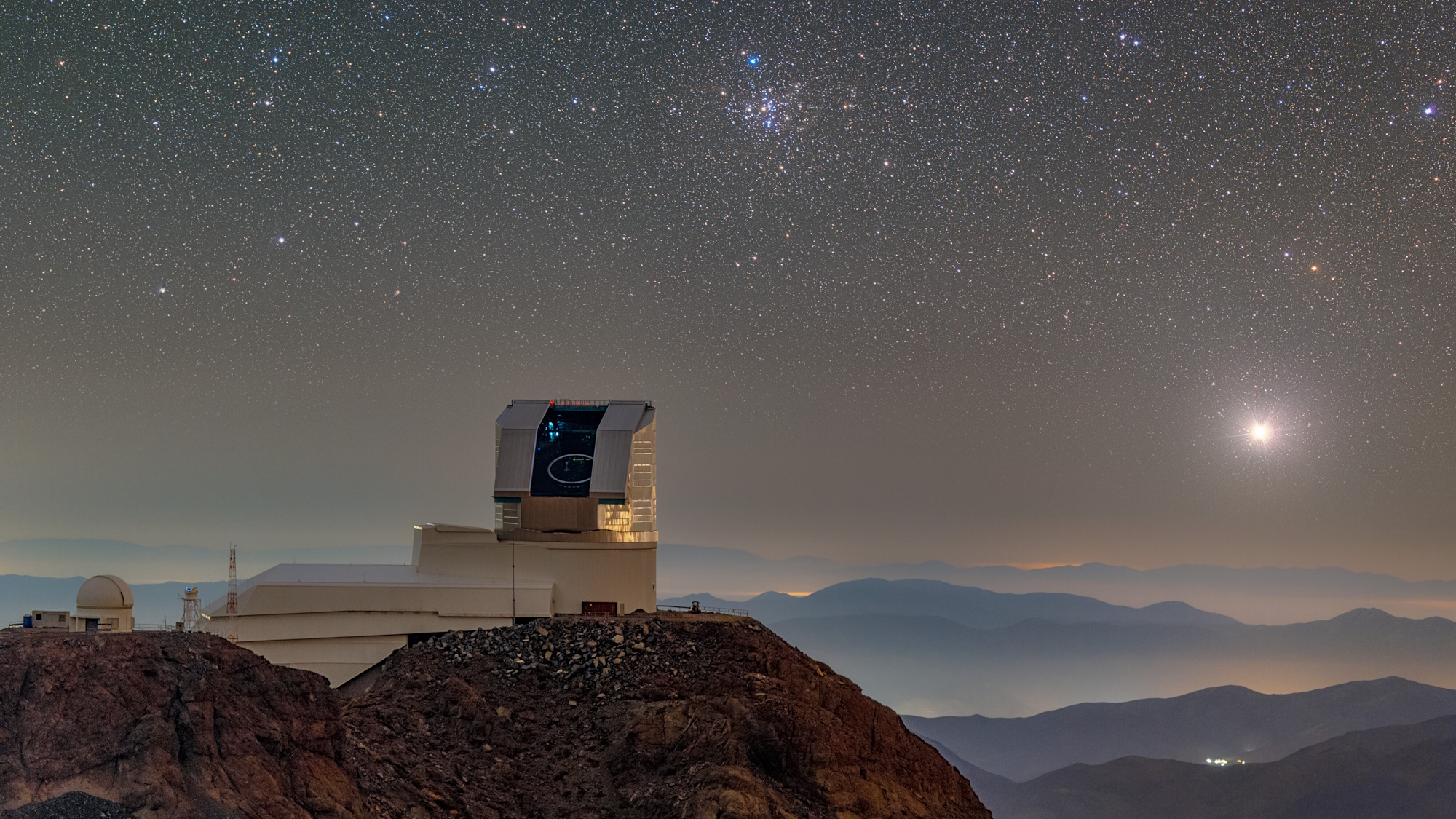Mostly Mute Monday: The Largest Eruption In The Known Universe
A galaxy cluster that’s been actively devouring matter for hundreds of millions of years blows all the records away.
“The world exploded into billions of atoms, and when it rearranged itself, it may have looked the same, but really, it was a Whole New World.” –Claire LaZebnik
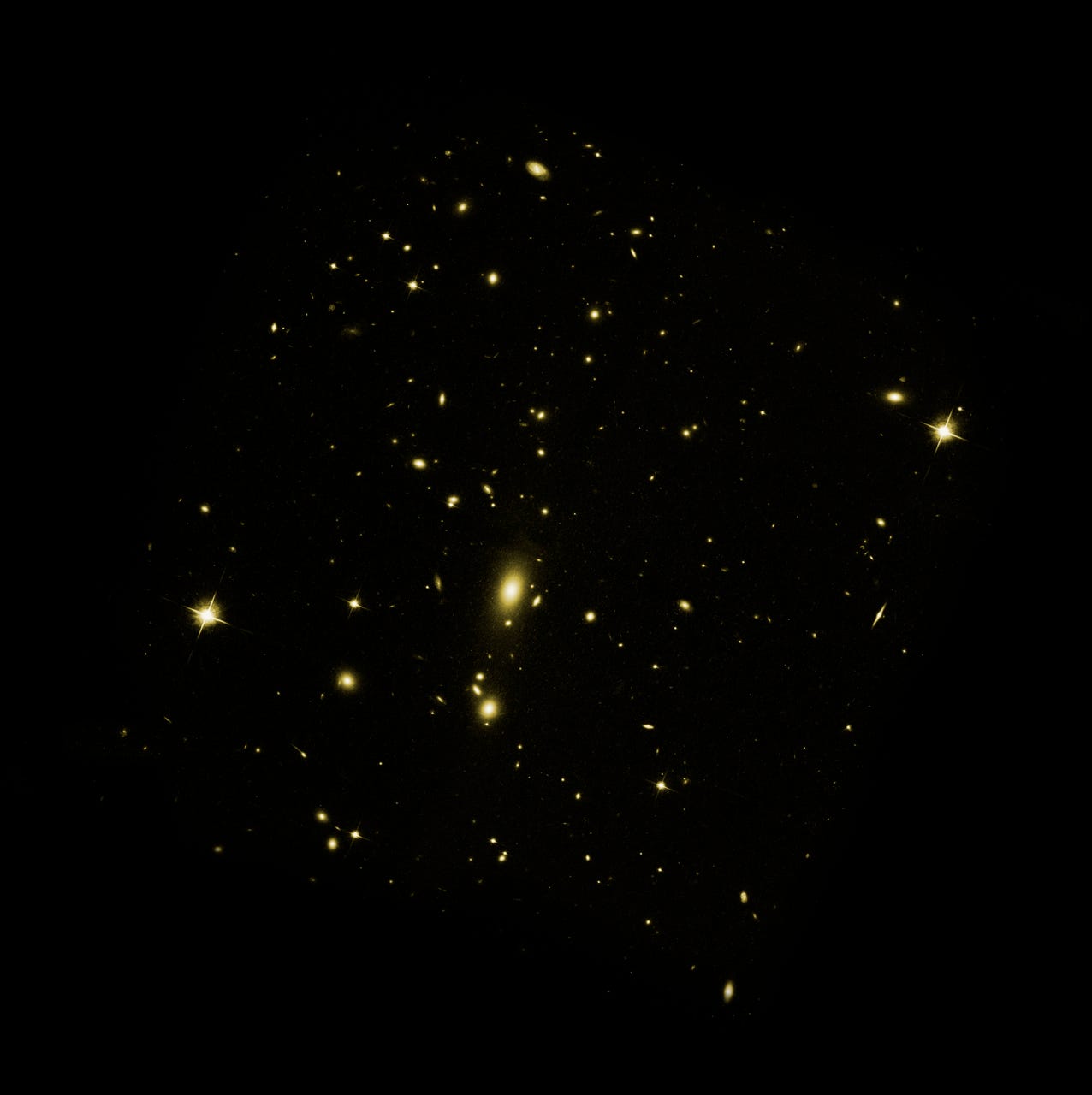
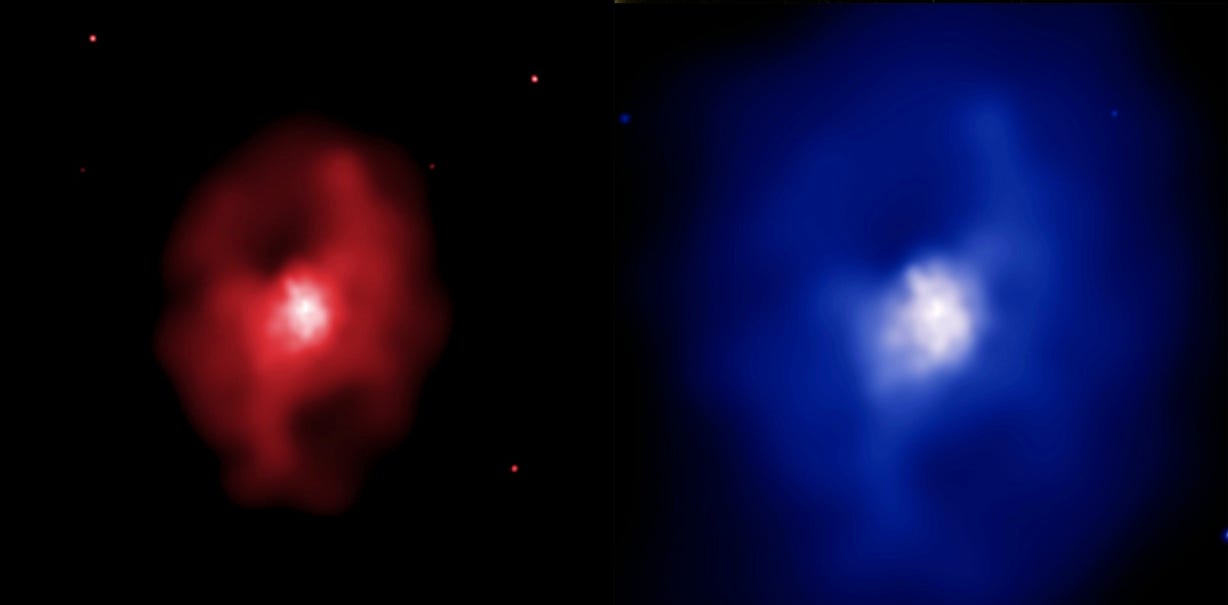
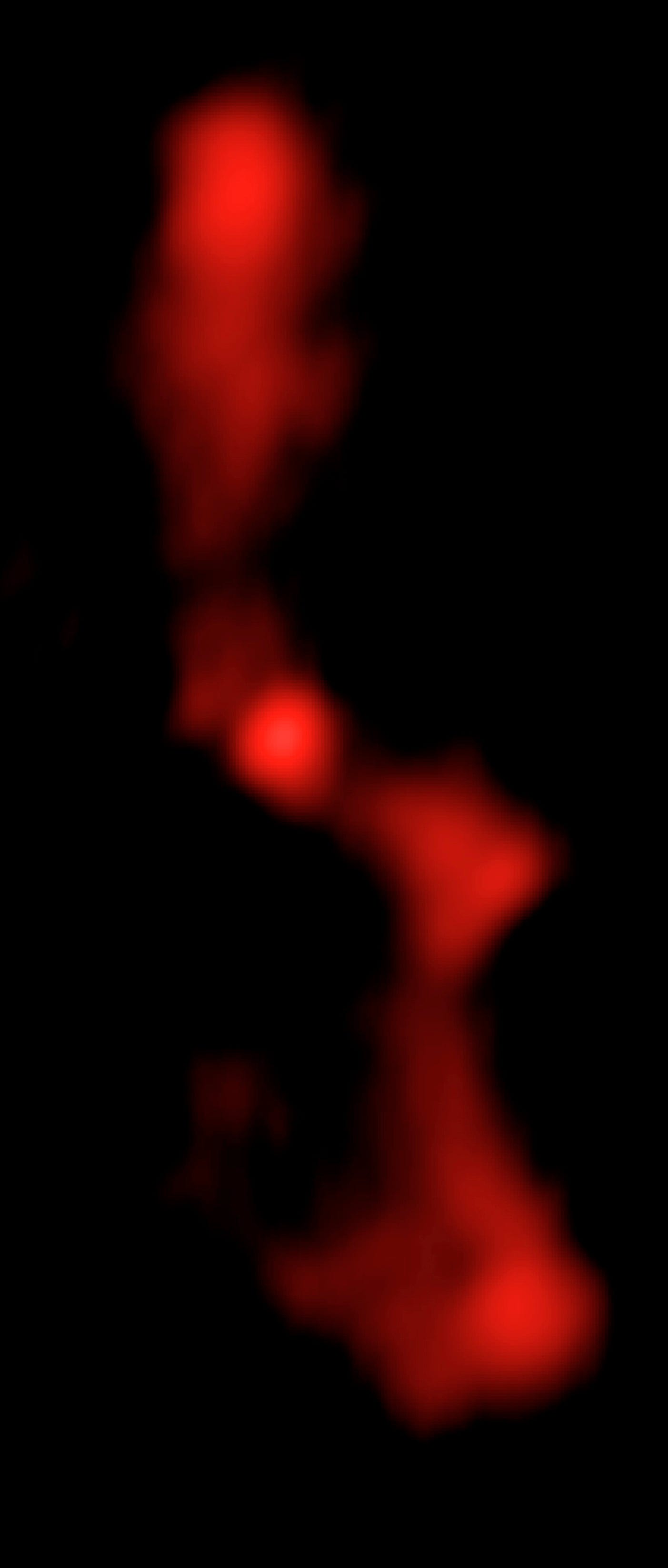
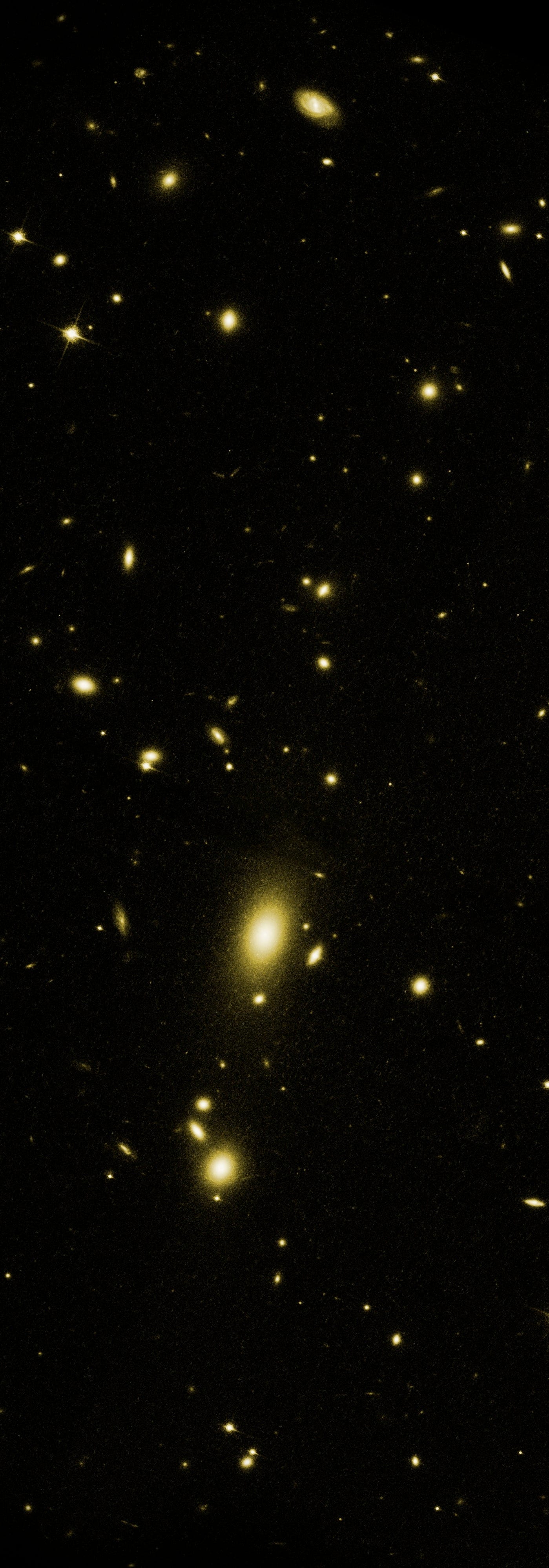

At the core of almost every galaxy is a supermassive black hole, with the largest ones of all residing at the cores of huge galaxy clusters. But 2.6 billion light years away, at the heart of galaxy cluster MS 0735.6+7421, the most powerful active galactic nucleus (AGN) ever discovered resides. Normally powered by matter accreting onto a supermassive black hole and being (very messily) devoured, these cosmic monstrosities can emit many supernovae’s worth of energy per year, over the span of millions of years.
But this eruption is special, having been going on for hundreds of millions of years, due to the size of the eruption that’s many millions of light years across. If it were caused by accreting matter, it would have had to accrete nearly a billion solar masses worth of material. The combined radio (VLA), visible (Hubble) and X-ray (Chandra) data suggest another interpretation: an ultramassive black hole in excess of 10^10 solar masses powers the outburst. The two 640,000 light year cavities — seen in the X-ray — offer support for this idea. Whatever the cause, this is the largest, most energetic galactic nucleus in the entire known Universe.
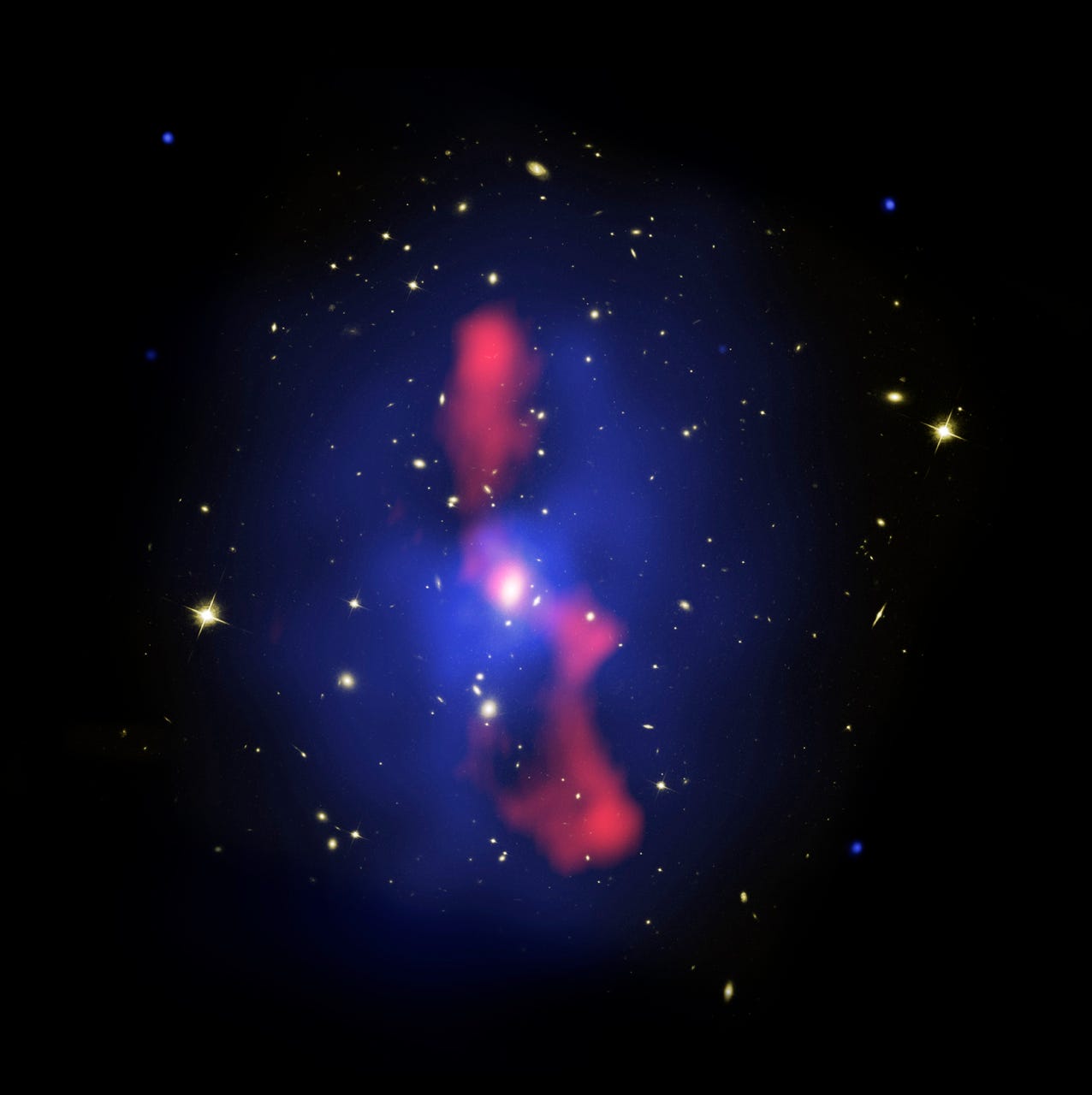
Mostly Mute Monday tells the cosmic story of a single object, image or phenomenon in pictures, videos and no more than 200 words.
Leave your comments at the Starts With A Bang forum on Scienceblogs.



